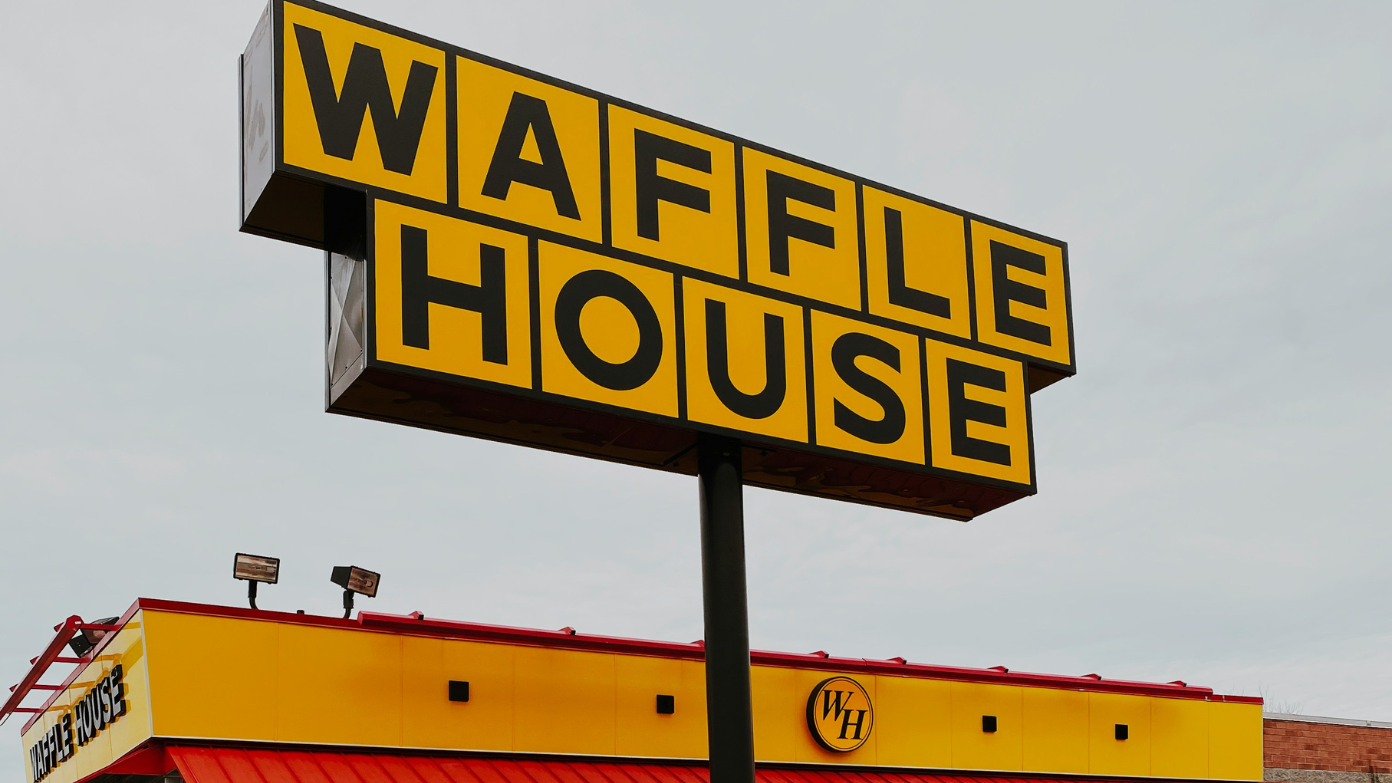Waffle House, a popular 24-hour diner chain, has added a 50-cent surcharge to every egg sold at its 2,100 outlets across the US, citing unprecedented price hikes and shortages occasioned by a devastating bird flu outbreak. The decision speaks to a greater strain on the food industry as avian influenza continues to disrupt poultry supplies across the nation.
The surcharge breakdown
Starting February 3rd, 2025, an additional surcharge of $1.50 will be added to every three eggs to all menu items featuring eggs: from breakfast plates to à la carte eggs and specialty items, including adding one, two, or more eggs to other dishes, such as omelets, hash brown bowls, and commensurate amounts for other egg-heavy offerings, like the All-Star Breakfast—$12.99 before the surcharge.
According to Waffle House, that strategic pricing strategy brings down the overall menu prices since most of the waffles and grits orders, for example, aren’t affected.
Cost of bird flu to egg supplies
The highly contagious avian influenza has decimated the U.S. poultry flocks since late 2024. 17 million egg-laying hens lost in November–December 2024 and 148 million birds were also killed in January 2022, including 75 million hens.
The largest chicken supplier to Waffle House — Rose Acre Farms — also happens to be the second-largest egg producer in the U.S. Size doesn’t matter when there are problems. The shortage sent wholesale egg prices to record highs:
- Grade A large eggs: Went for an average $4.15 a dozen in December 2024, vs $3.55 in November.
- Regional price increases: In some markets, by as much as $12/ dozen ($1/ egg), straining purses.
Customer and industry reactions
Reactions to the surcharge came as quickly as a hotcake off the griddle:
- Social media outrage: “Waffle House charging an extra $0.50 per egg right now dawg. Good grief,” bemoaned one X user.
- Competitive pressure: Independent restaurants like The Frog Pond in Florida responded by raising prices on dishes containing eggs by $0.75–$1.00.
- USDA predictions: Egg prices will rise by 20% in 2025, nearly tenfold greater than the forecast for overall food inflation (+2.2%).
The Waffle House defended the surcharge, stating, “Consumers and restaurants are being put in a situation where they have to make some hard choices”.
Why a surcharge over price increase?
The chain’s move is a compromise between transparency with customer retention. The surcharge collected from patrons will be used to directly finance egg procurement thus not bearing the brunt of accusations of “greedflation”.
The fee can be taken off or changed far quicker than an overhaul of entire menus could affect. Waffle House had promised to never forsake “fresh-cracked, Grade A Large eggs” no matter the cost, one of the leading brand promises for.
But the 2025 disaster is compounded by:
- Concurrent inflation: Energy and workforce costs become a supply chain squeeze.
- National scope: HPAI outbreaks in 46 states wipe out regional distributors.
What’s next for diners and suppliers?
Waffle House’s timeline for the surcharge is unclear. The chain will continue to monitor, USDA reports and supplier updates are being reviewed weekly. “The chain will only switch to powdered or liquid eggs as a last resort”, says internal memos.
Experts say the best thing for consumers is to buy eggs in bulk when they are on sale or to consider tofu/plant-based alternatives.
Recovery will depend on the following factors for suppliers like Rose Acre Farms:
- Biosecurity improvements: Disinfecting facilities and separating flocks to slow HPAI spread.
- Government aid: USDA subsidies for culled hens ($3.76 million paid in 2024).
Broader implications for the food industry
The crisis has exposed some of the structural weaknesses of the system:
- Just-in-time risks: Lean inventory systems are ill-suited to prolonged scarcity.
- Menu engineering: Restaurants reformulate dishes to use fewer eggs.
- Policy gaps: No federal egg bank exists, unlike the dairy version—the National Cheese Stockpile.
As Waffle House wades into this uncharted territory, its surcharge experiment could very well set a precedent for how restaurants around the world deal with hyper-inflationary ingredients. For now, customers who want midnight scrambled eggs will just have to pay a premium—a small price to pay for normalcy in turbulent times.
Read more: How many hamburgers does McDonald’s sell per day? This is the exact number of menus that the American company sells daily
Read more: Neither Microsoft nor Nvidia – This is the most admired company in the world in 2025 according to Fortune magazine
